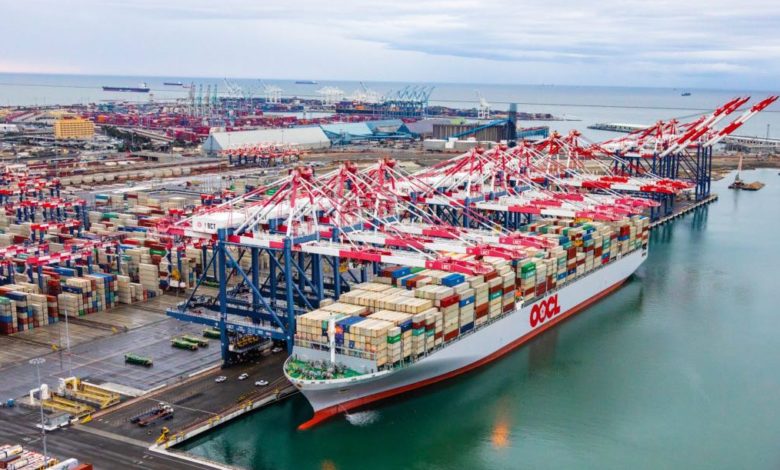US probe finds questionable communications equipment on Chinese-built cranes

A US congressional probe has found questionable communications equipment on Chinese-built ship-to-shore cranes at American ports including cellular modems that could be remotely accessed, according to a report carried in the Wall Street Journal.
The investigation news follows on from the Biden administration’s recent decision to replace the nation’s Chinese-built port cranes with Japanese ones over concerns they could be fitted with spy devices.
The Chinese government “is looking for every opportunity to collect valuable intelligence and position themselves to exploit vulnerabilities by systematically burrowing into America’s critical infrastructure, including in the maritime sector,” Mark Green, a Republican representative and chairman of the House Homeland Security Committee told the Wall Street Journal.
Liu Pengyu, a spokesman at the Chinese embassy in Washington, dismissed the claims as “entirely paranoia”.
The new focus on cranes and broader maritime security “has been a wake-up call for many western countries,” Wille Rydman, minister of economic affairs for Finland, said in an interview with the same newspaper, while a member of parliament for the ruling Conservative party in the UK has recently voiced similar Chinese crane concerns.
China’s ZPMC has built up a dominant position in the supply of ship-to-shore cranes this century, with a global market share of around 80%. As well as constructing the giant steel contraptions, ZPMC is able to transport them around the world via its dedicated fleet of 26 ships specially designed to move cranes, the largest of which can be as high as 138 m, equivalent to a 34-storey skyscraper.
